Material Imbalances: Queen versus Two Rooks
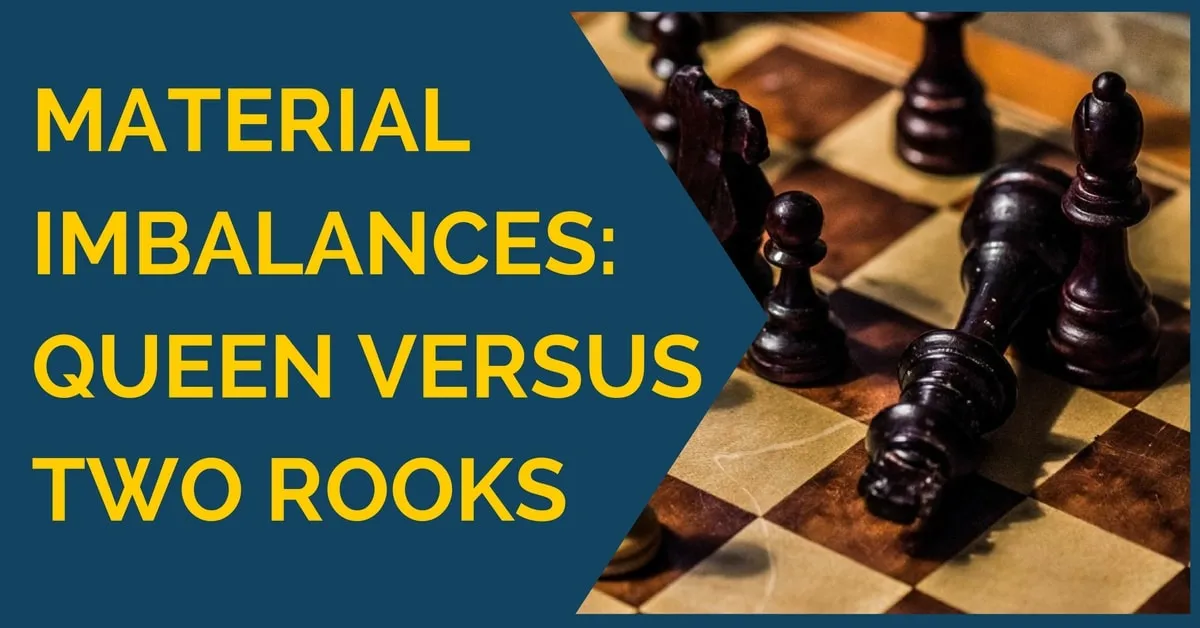
During a game of chess, a player must constantly evaluate the positions arising on the board. As we have seen before, in order to do this correctly, one needs good positional understanding, as well as attacking skills. After deciding what type of play should be employed, typical chess patterns, such as weak pawns, weak squares, the position of the kings, piece coordination, activity, development, and so on come into consideration.
Given that the material is even, these elements should help us determine the right evaluation of the position.
However, many times we are faced with situations where imbalances can be created and we need to make a decision. It is probably safe to say that, from a theoretical point of view, every chess player knows the value of the pieces and if a trade is fair or not. For example, it is common knowledge that three pawns can be equal to a minor piece or that two minor pieces are usually better that a rook.
While these “rules” might be true in most of the cases, there are always exceptions and, like always in chess, we need to take into consideration the positional factors present in our game. In this article we are going to talk about one material imbalance in particular, queen versus two rooks, and when one or the other represents an advantage.
As a general rule, two rooks are better than one queen. We usually assimilate the queen to nine pawns, while the pair of rooks is worth ten. Let’s see now what factors can influence this imbalance:
- The position of kings. If the side with the two rooks has an exposed king, the queen is usually equal or even superior to the two rooks, since it can easily create threats against the king;
- Piece coordination. Two rooks are better than the queen if they are well coordinated. This is very important, as two rooks that can’t manage to help each other will become target of double attacks;
- The queen is usually better if there is play on both sides of the board. Since it can reach faster from one square to another, it will be easier to create threats on both wings;
- The rooks tend to be more powerful in the endgame. If there are other pieces on the board as well, remember that the rooks cooperate better with bishops, while the queen with knights;
- Piece activity. Of course, everything depends on the actual position here, but what we wanted to underline is that, in order for either of the pieces to be good, they need to be, above all, active.
Ready to start winning at chess?
Click here to start your training using the day-by-day program.
Next, we have selected a few games that illustrate the ideas mentioned above. Let’s start with the following diagram:
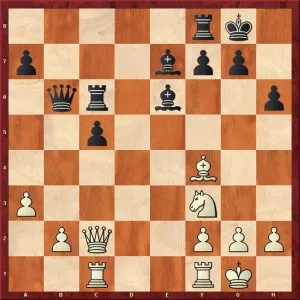
Iturrizaga, E – Batsiashvili, N, Benasque 2016
Here, white decided to complicate things and enter a position with two rooks versus queen where only he could play for a win. However, after the exchanges, black managed to liquidate the queenside, which made it impossible for white to win the game.
The endgame we just saw is quite common and we are going to see now another two similar ones that favor the side with the two rooks:
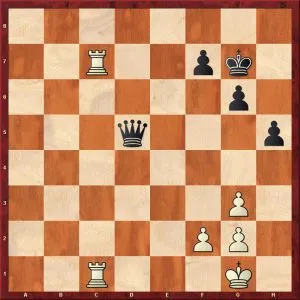
Kramnik, V – Andreikin, D, Tromso 2013
The only difference from the previous game is that here white has doubled pawns on the g file. However, this little detail is crucial, since black won’t be able to use the perpetual check ideas that we saw before.
***

Karpov, A – Polgar, J, Budapest 1998
Here, the activity of the two rooks makes them better than the queen, and, as we will see in the game, it is very difficult for black to keep everything protected.
***
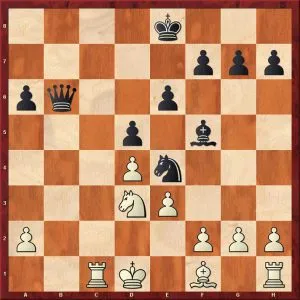
Pijpers, A – Neverov, V, Ortisei 2016
With correct play, black should be able to hold the position in the diagram above. However, with a more exposed king and worse structure, this is not an easy task. White managed to combine these two elements and went on to win the game.
If you want to improve your chess level, you need to have a clear study plan. If you aim for a dramatic improvement at chess you need to work on all of the elements of the game in a systematic way:
- tactics
- positional play
- attacking skills
- endgame technique
- classical games analysis
- psychological preparation
- and much more
That seems to be like a lot of things, and that is. But no worries, we have made it easy for you. Our comprehensive training course covers it all and much more. Sign up for 21 Day Training right now!
Ready to start winning games? Check out our store and articles:




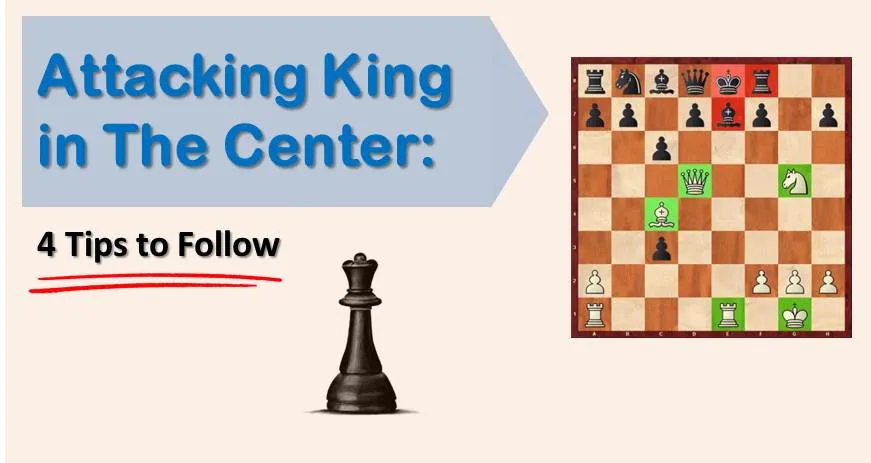





Comments: